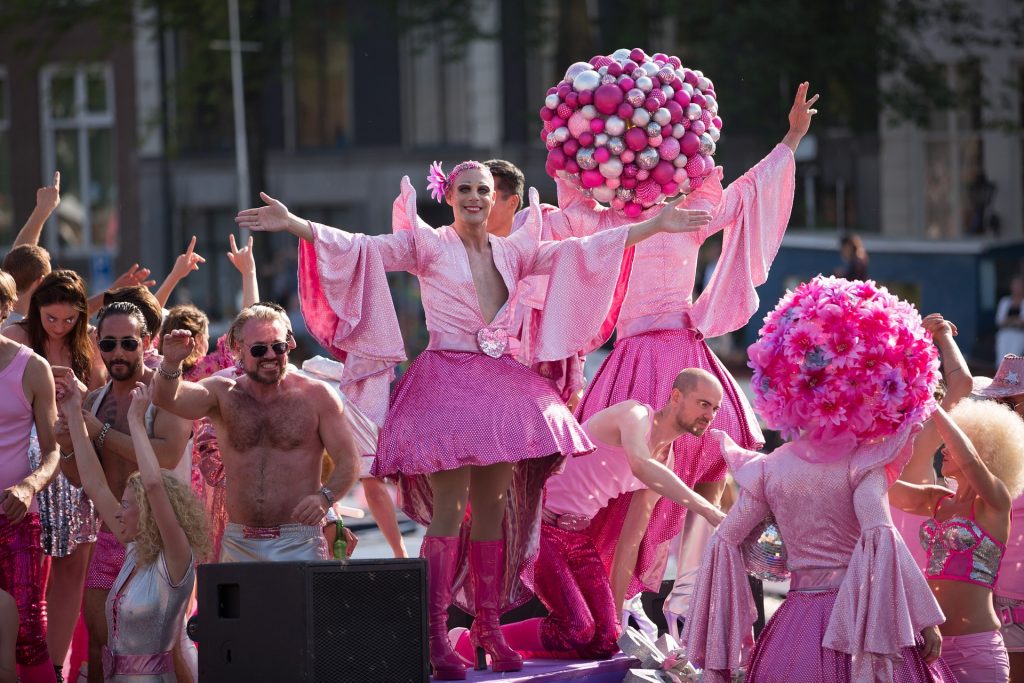
These two organizations in specific performed pickets called “Annual Suggestions” to notify and remind Americans that LGBT people did not get fundamental civil rights securities. Annual Pointers began in 1965 and took location each July 4 at Self-reliance Hall in Philadelphia. The anti-LGBT discourse of these times equated both male and female homosexuality with mental disorder.7
Early on the morning of Saturday, June 28, 1969, lesbian, gay, bisexual, and transgender individuals rioted following a police raid on the Stonewall Inn, a gay bar at 43 Christopher Street in Greenwich Town, Manhattan, New York City City. This riot and further demonstrations and rioting over the following nights were the watershed moment in the modern LGBT rights motion and the inspiration for arranging LGBT pride marches on a much larger public scale.8
” That the Annual Suggestion, in order to be more relevant, reach a greater number of people, and encompass the concepts and ideals of the bigger battle in which we are engagedthat of our fundamental human rightsbe moved both in time and location. We propose that a presentation be held each year on the last Saturday in June in New York City City to honor the 1969 spontaneous demonstrations on Christopher Street and this presentation be called CHRISTOPHER STREET FREEDOM DAY.9
We also propose that we call Homophile companies throughout the nation and suggest that they hold parallel presentations on that day. We propose a nationwide show of assistance. All participants to the ERCHO meeting in Philadelphia chose the march except for Mattachine Society of New York, which stayed away. Members of the Gay Liberation Front (GLF) went to the conference and were seated as guests of Rodwell’s group, Homophile Youth Movement in Neighborhoods (HYMN).10
At initially there was difficulty getting some of the major New York City organizations like Gay Activists Alliance (GAA) to send out agents. Craig Rodwell and his partner Fred Sargeant, Ellen Broidy, Michael Brown, Marty Nixon, and Foster Gunnison of Mattachine made up the core group of the CSLD Umbrella Committee (CSLDUC).11
Other essentials of the organizing committee were Judy Miller, Jack Waluska, Steve Gerrie and Brenda Howard of GLF. Thinking that more people would turn out for the march on a Sunday, and so as to mark the date of the start of the Stonewall uprising, the CSLDUC set up the date for the very first march for Sunday, June 28, 1970.
